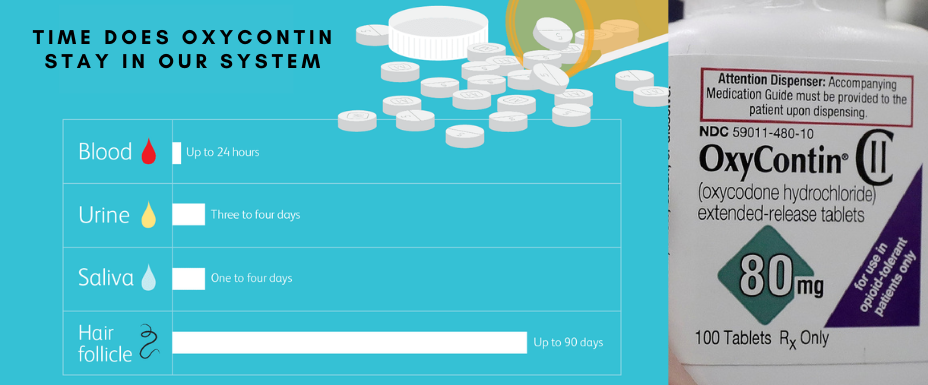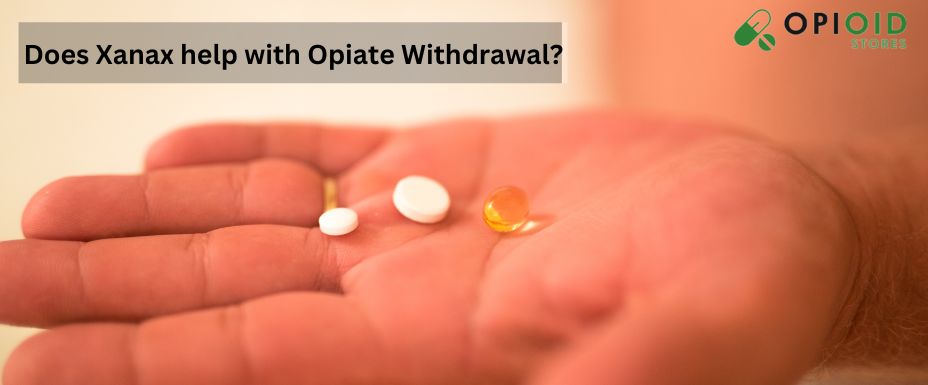How much time does Oxycontin stay in our system?
What is Oxycontin? OxyContin is a powerful opioid medicine used for relieving extreme pain. It reacts by working on your brain to change your body's reaction to pain or inflammation. It changes the way you feel pain. Before starting this…


